Choosing the Right Customer Chair for Office Spaces: A Comprehensive Guide
Explore the importance of selecting the right customer office chair, the types available, key features to look for, design considerations, and top tips for making a smart purchase.
In any office environment, the seating arrangement isn’t just about functionality—it’s a reflection of your brand identity, a contributor to customer satisfaction, and a subtle signal of how much you value your visitors. While a lot of attention is often given to employee workstations, the customer chair for office deserves equal consideration. These chairs are crucial in reception areas, meeting rooms, consultation spaces, and anywhere a customer interacts with your business.
In this comprehensive guide, we will explore the importance of selecting the right customer office chair, the types available, key features to look for, design considerations, and top tips for making a smart purchase. Whether you're designing a startup lobby or renovating a corporate reception, this guide will help you choose seating that leaves a lasting impression.
Why the Right Customer Office Chair Matters
Every detail of your office design contributes to your company’s reputation. When clients walk into your space, the customer chair for office is often the first physical touchpoint they experience.
Key Reasons It Matters:
- First impressions: A stylish, comfortable customer office chair signals professionalism and attention to detail. If your visitors feel welcomed and comfortable, they are more likely to form a positive opinion of your business.
- Customer comfort: Long wait times or extended meetings require chairs that support good posture and reduce discomfort. A pleasant sitting experience can reduce anxiety and improve customer mood.
- Brand messaging: Your choice of office furniture communicates your corporate values—whether you’re modern, traditional, minimalist, or luxurious. A cutting-edge design sends a very different message from a classic wooden chair.
Choosing poorly designed or mismatched chairs might make customers feel undervalued or uneasy, which can affect business perception and even influence future interactions.

Types of Customer Chairs for Office Environments
The diversity of customer office chairs means there’s a design for every scenario. Understanding each type helps you tailor your seating to both functional needs and customer expectations.
1. Reception Area Chairs
These are usually armless and plush, designed to be comfortable and welcoming.
- Lounge chairs: Deep cushions and soft upholstery for a cozy atmosphere.
- Tub chairs: Enclosed sides offer privacy and a modern aesthetic.
- Club chairs: Typically larger, luxurious options suited for upscale environments.
2. Meeting Room Visitor Chairs
Designed for more structured settings where formality and comfort are both important.
- Cantilever frame visitor chairs: Provide gentle flexibility and sleek aesthetics.
- Swivel guest chairs: Allow easy turning and interaction during meetings.
- Stackable mesh-back chairs: Convenient for large meetings or conferences.
3. Consultation Room Chairs
Used in settings like law firms, clinics, and banks where privacy and communication matter.
- Upholstered guest chairs: Offer warmth and professionalism.
- Compact task chairs: Ideal for smaller consultation rooms.
- Armrest chairs: Added comfort for longer one-on-one sessions.
4. Multipurpose Chairs
Flexible designs used in training, workshop, or co-working environments.
- Foldable chairs: Easy to store and rearrange.
- Stackable chairs: Efficient for dynamic seating needs.
- Mobile chairs with wheels: Useful for collaborative zones and adaptable layouts.
Selecting the right type ensures that the customer chair for office enhances the functionality and image of each space.
Ergonomic Features: Comfort Meets Design
Ergonomics isn’t just for employees. Customers also deserve support and comfort during their time at your office.
Key Ergonomic Features to Consider:
- Lumbar support: Chairs that support the lower back help reduce strain and promote better posture.
- Seat depth and cushioning: Deep seats with adequate padding provide comfort for people of all sizes.
- Backrest tilt or curve: Supports the natural curve of the spine, reducing fatigue.
- Armrests: Optional, but beneficial for older customers or longer waits.
- Breathable material: Helps prevent overheating, especially in warm or crowded environments.
Ergonomic customer office chairs are especially important in industries where customers might spend 15 minutes or more sitting—such as medical offices, banks, or salons.
Material Choices: Style, Comfort, and Durability
The materials used in the customer chair for office play a big role in aesthetics, longevity, and maintenance.
Common Material Options:
|
Material |
Pros |
Cons |
|
Leather (real/faux) |
High-end look, easy to clean |
Expensive, may feel hot |
|
Mesh |
Breathable and lightweight |
Less cushioned, not ideal for all-day comfort |
|
Fabric |
Soft and versatile, many colors |
Stains easily, needs maintenance |
|
Plastic |
Durable and affordable |
Less comfortable, less premium look |
|
Wood |
Classic, sturdy, long-lasting |
Less ergonomic and can be rigid |
Choose materials based on usage. For high-traffic areas, faux leather and mesh might work better due to easy maintenance, while executive reception rooms may benefit from rich fabrics or genuine leather.
Where to Use Customer Office Chairs in Your Workplace
Customer chairs for office use are not limited to the reception area. Consider placing them strategically across different parts of your workplace.
1. Reception Area
This is the primary zone where customer seating is essential. Choose chairs that are welcoming and fit the visual theme of the lobby.
2. Conference and Meeting Rooms
Visitors should be offered comfortable seating during meetings, presentations, or negotiations.
3. Breakout Zones
These semi-private areas are often used for casual customer discussions. Modular or lounge-style chairs work best here.
4. Private Offices
Include at least one customer office chair in every executive office to accommodate meetings with clients or internal teams.
5. Healthcare Clinics
Patients need comfortable, stable seating that is also easy to sanitize. Ergonomic, padded chairs with easy-clean surfaces are best.
6. Service Desks and Counters
For spaces like banks, salons, or retail outlets, compact chairs with good posture support are essential for customer satisfaction.
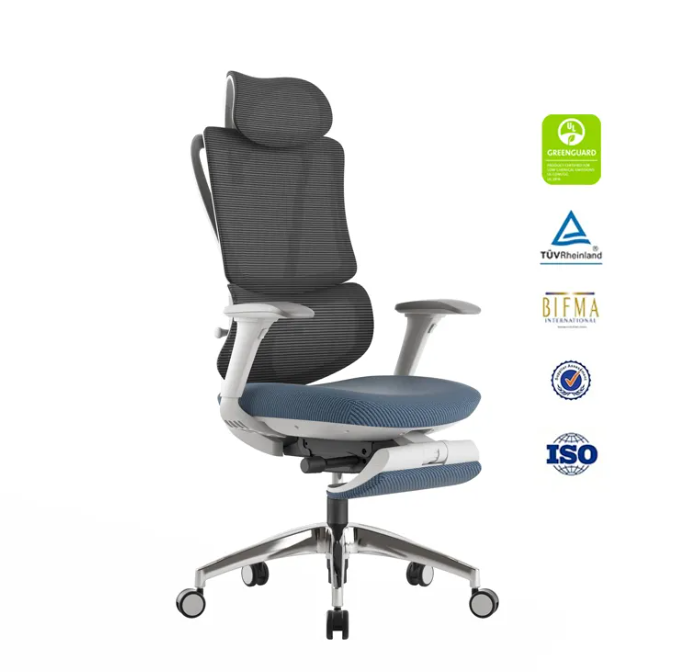
Matching Aesthetics and Functionality
Office furniture needs to look good and perform well. Here’s how to ensure your customer office chair meets both criteria.
Consider These Elements:
- Color schemes: Neutral tones (gray, beige, black) are safe, while bold colors can highlight creativity or energy.
- Style alignment: Match your chairs to your office style—modern, industrial, Scandinavian, minimalist, etc.
- Proportion: Oversized chairs may look luxurious in large rooms but can overwhelm smaller spaces.
Choose designs that are cohesive with your overall décor while fulfilling their functional role.
Conclusion
A well-chosen customer chair for office does more than provide a place to sit. It enhances your brand, boosts customer satisfaction, and supports meaningful interactions. With so many styles, materials, and ergonomic features available, there’s no reason to settle for uninspired or uncomfortable seating.
Invest in customer office chairs that combine comfort, design, and durability, and you’ll see the difference in how visitors perceive your business. After all, when customers feel comfortable, they feel valued—and that’s good for business.
Thanks for contacting us, we will reply you ASAP.






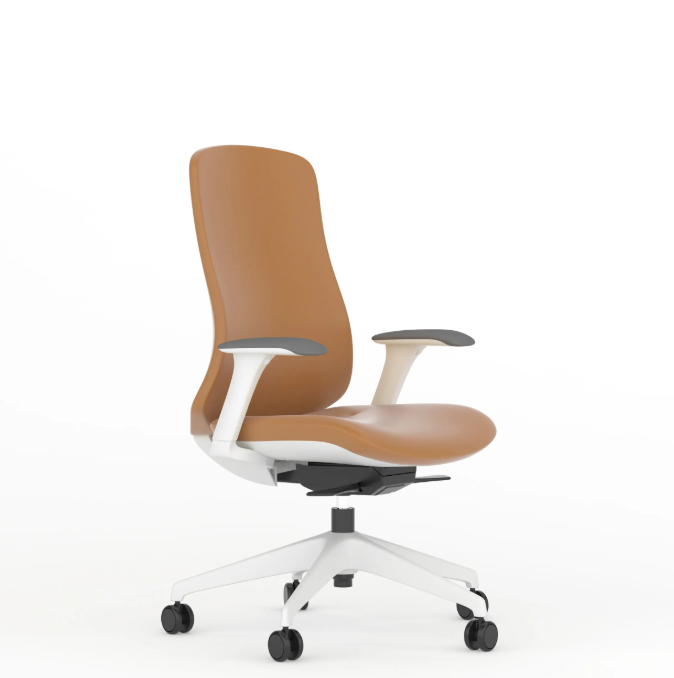
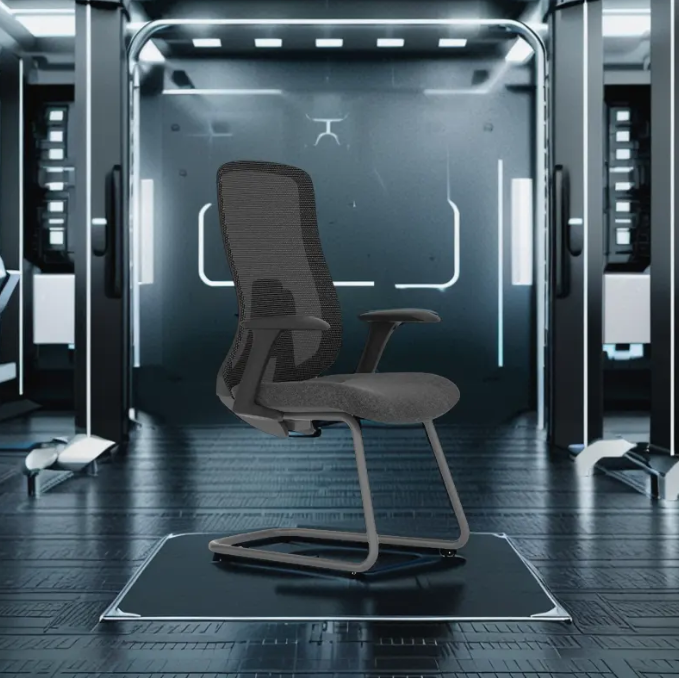
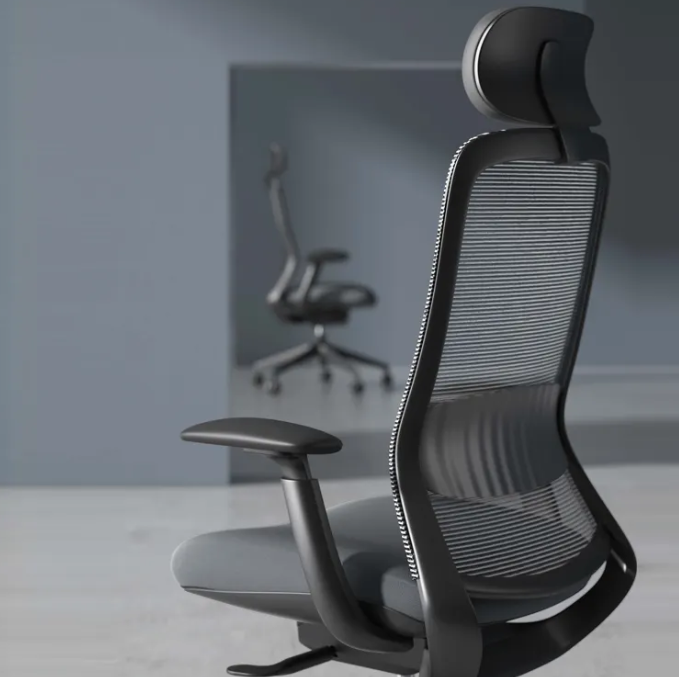
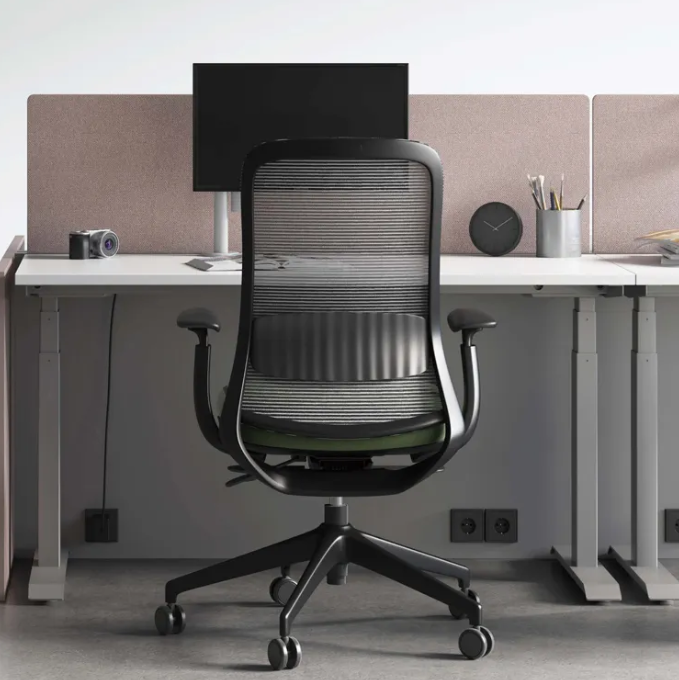
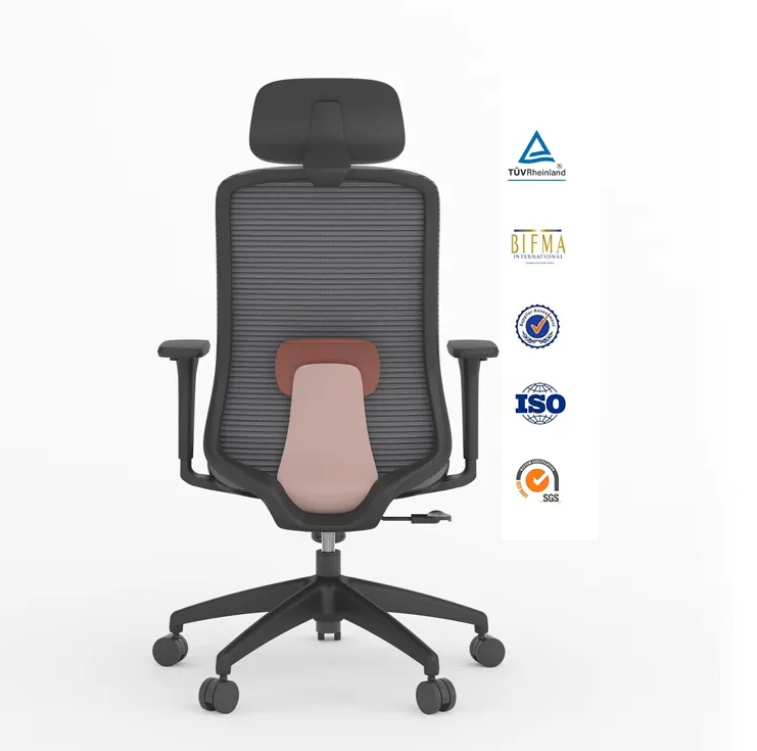
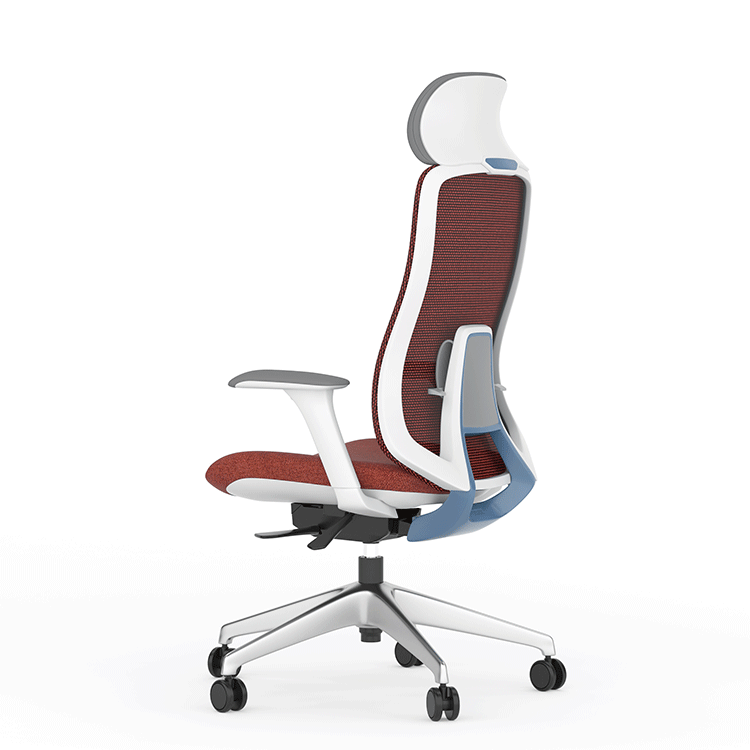
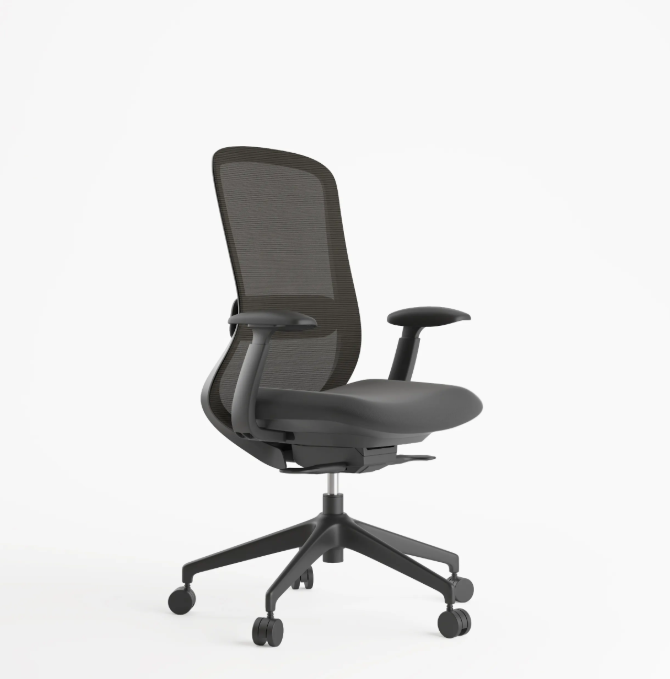


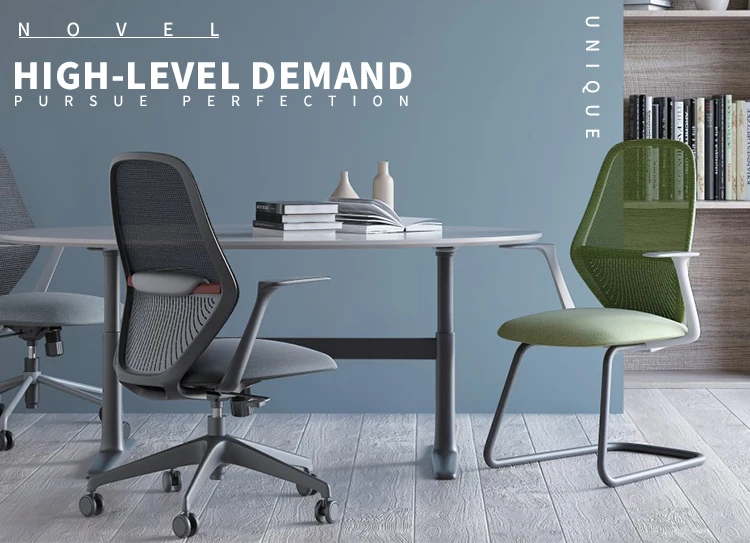
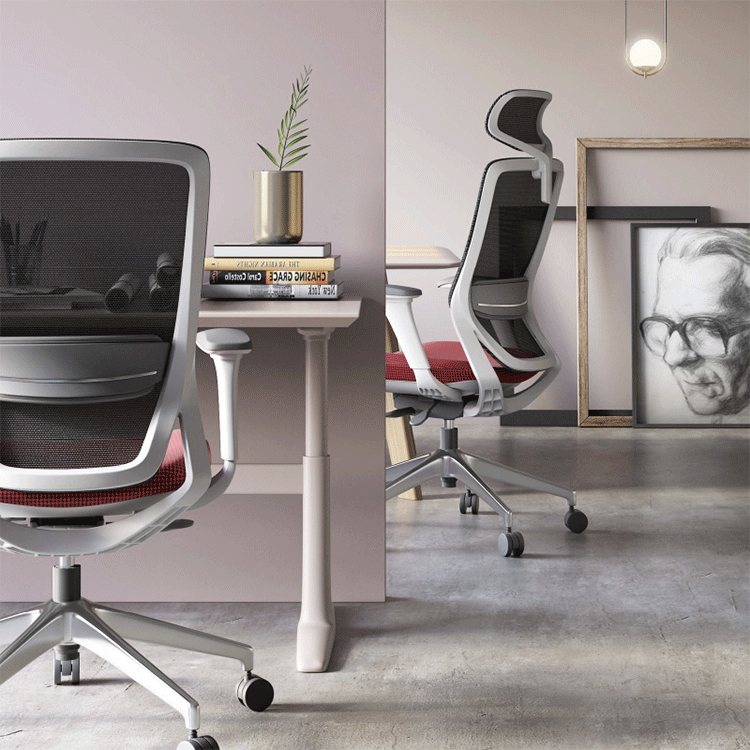
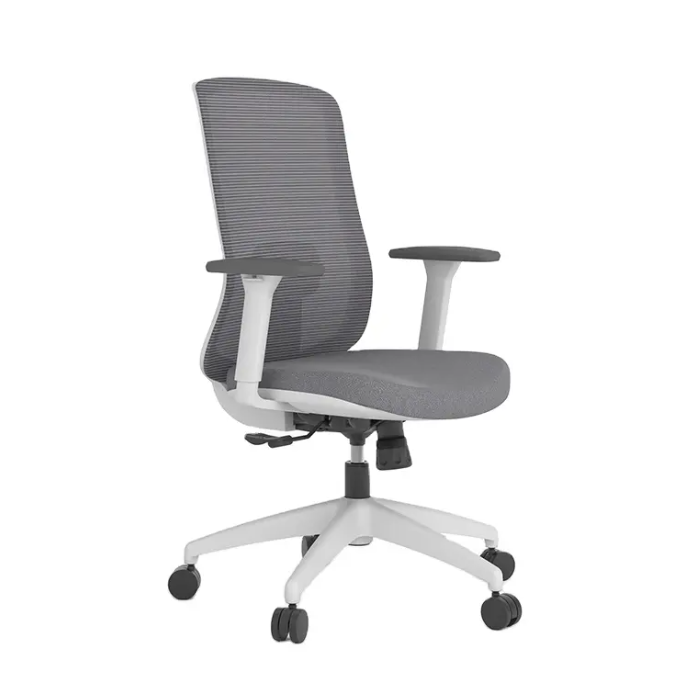


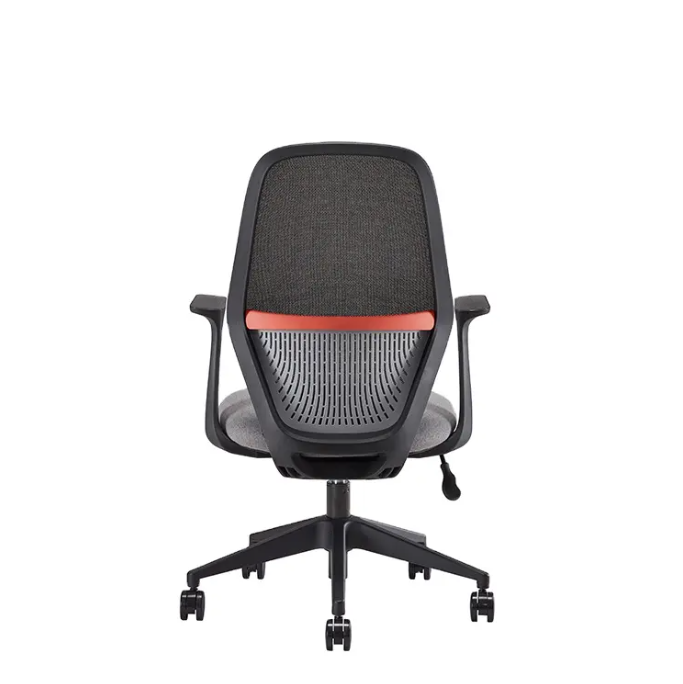
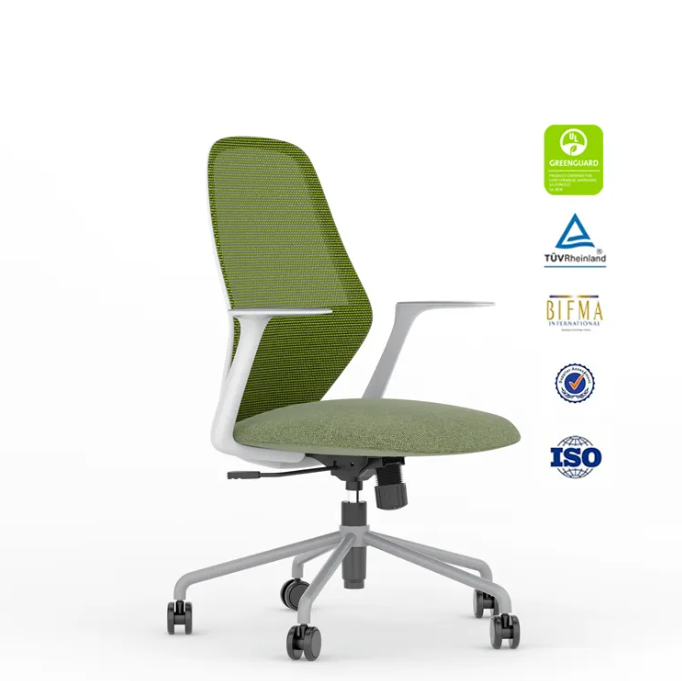

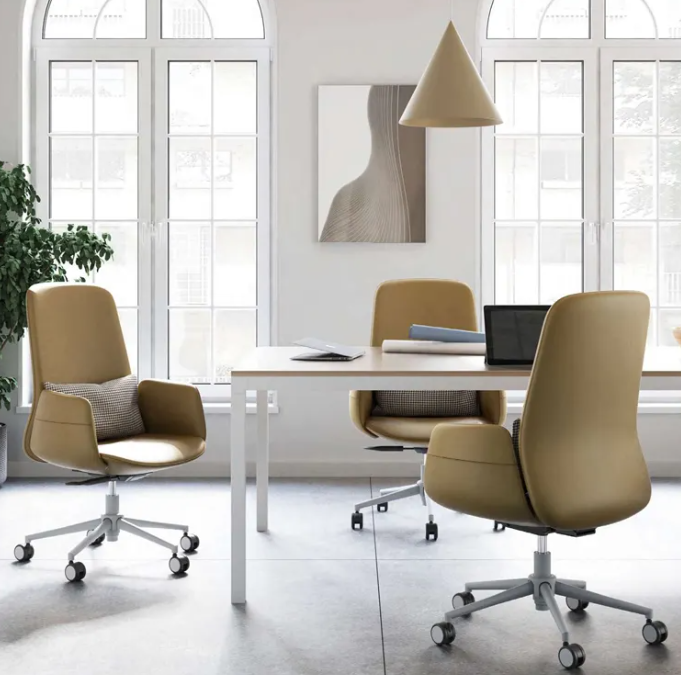

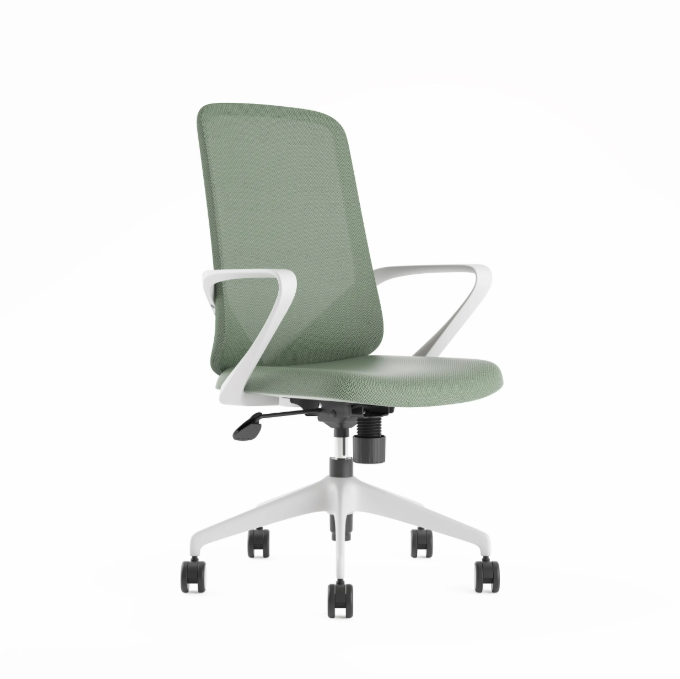
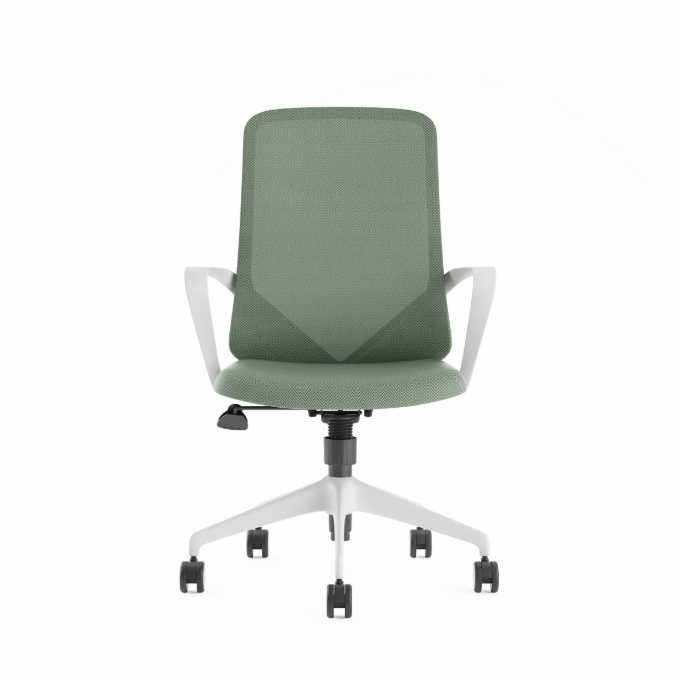
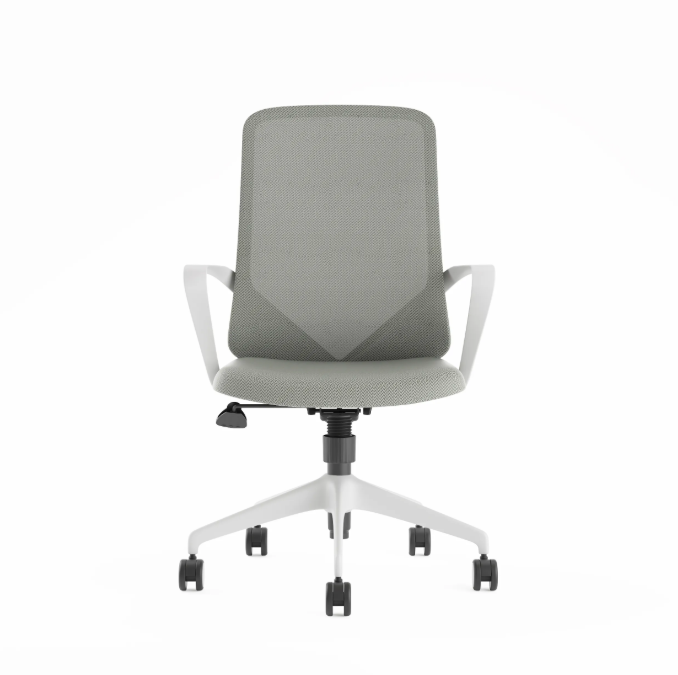
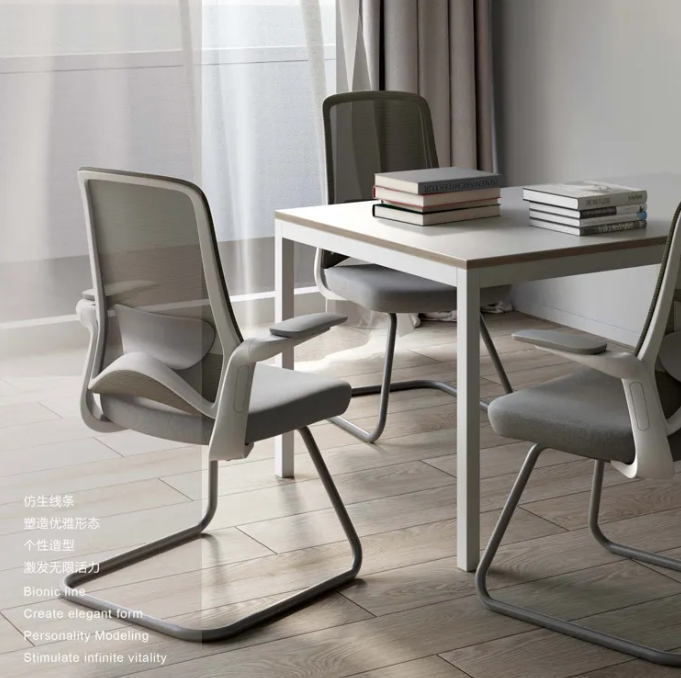
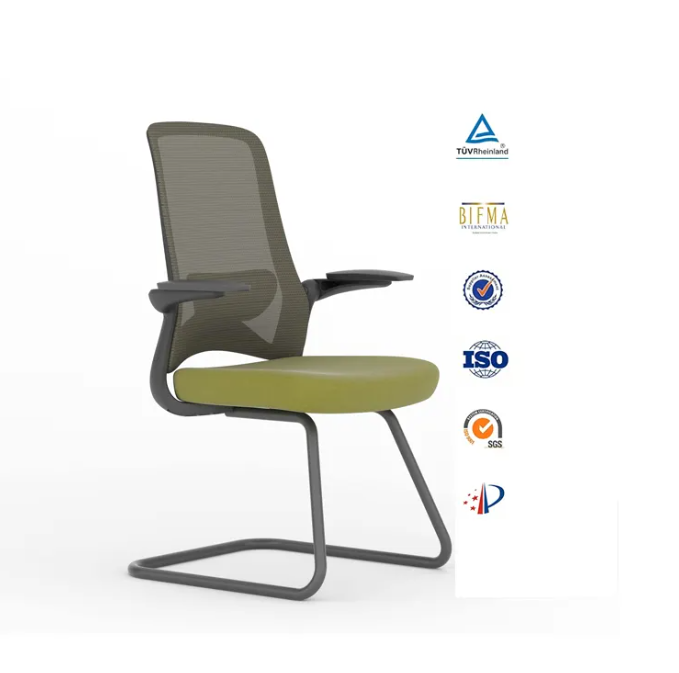
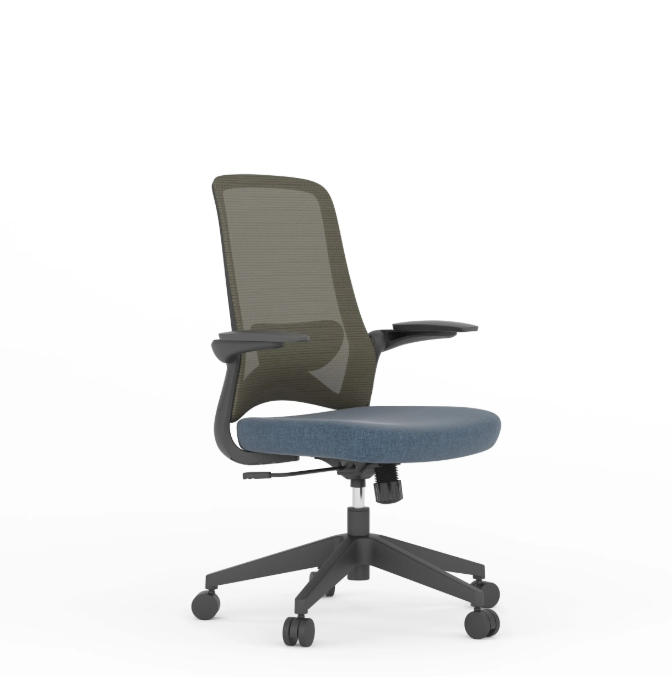
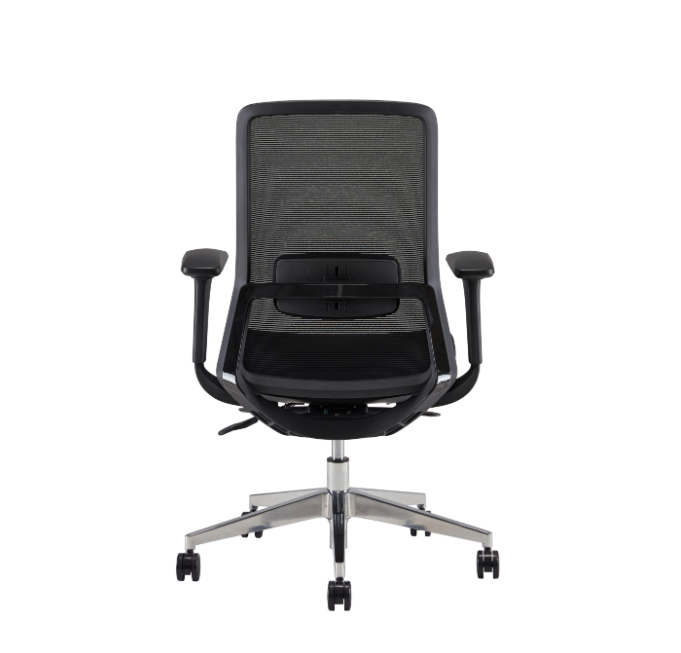
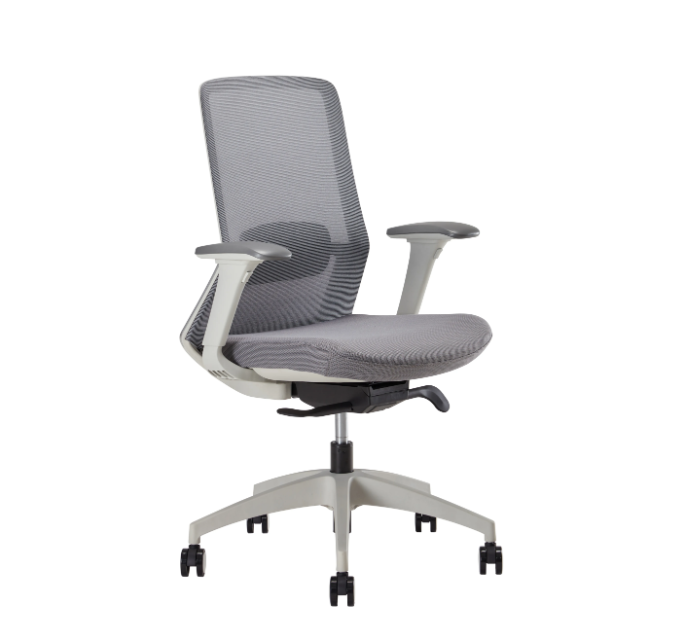
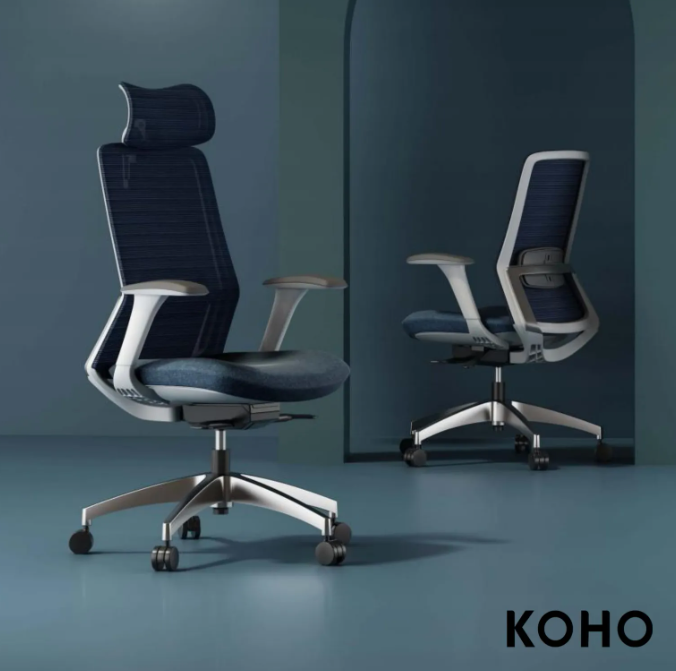
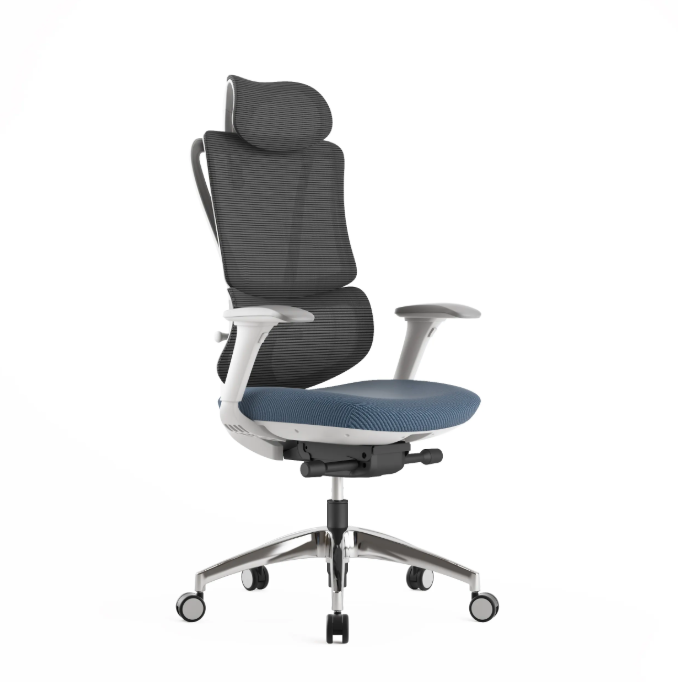

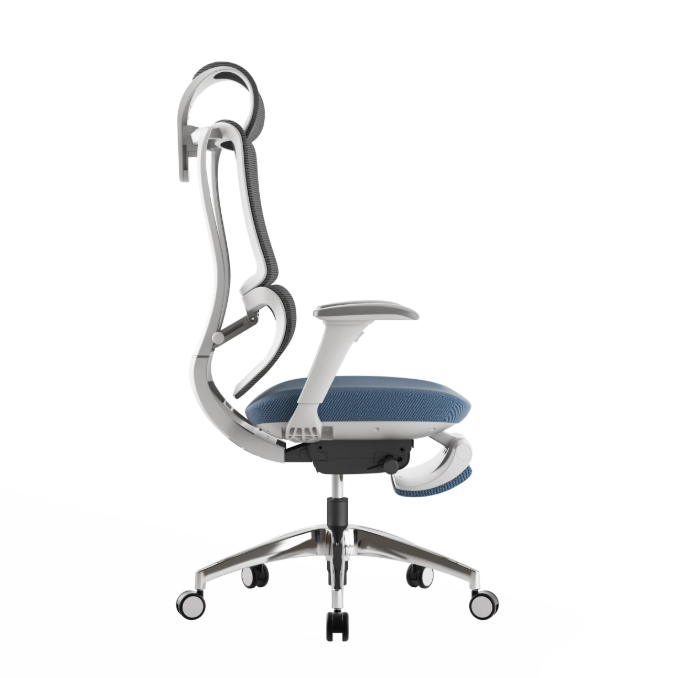
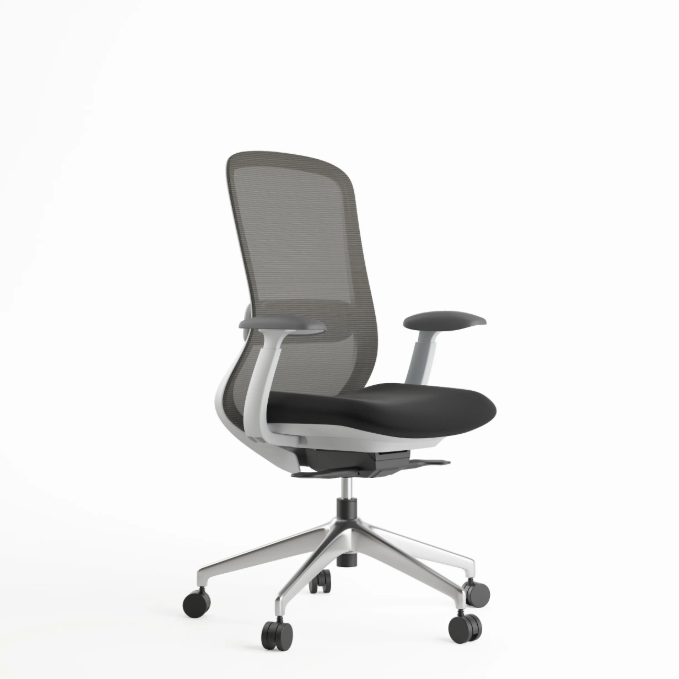
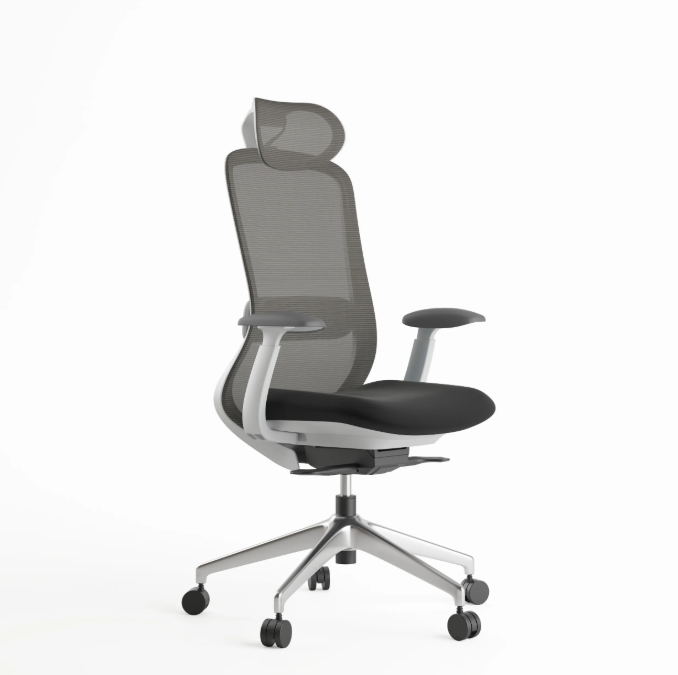
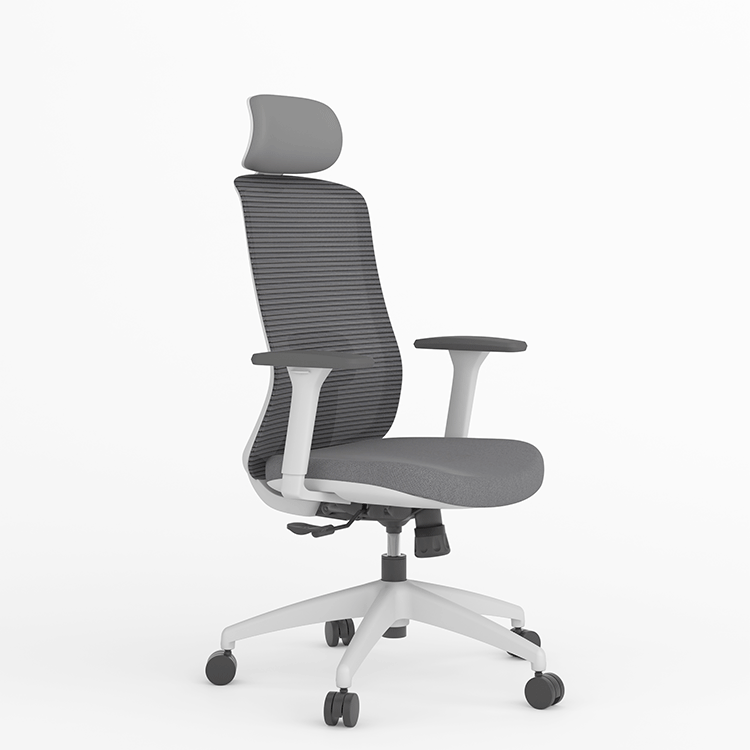
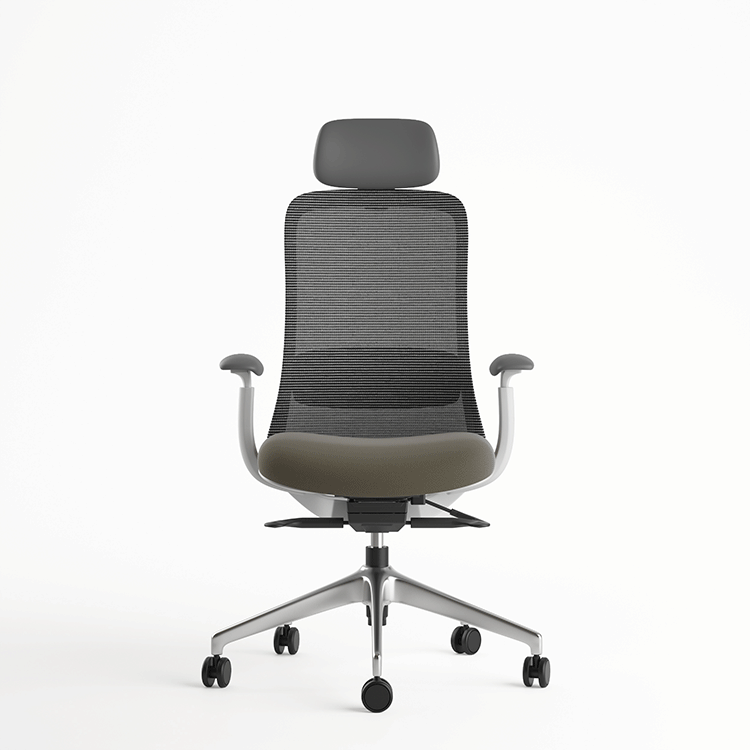
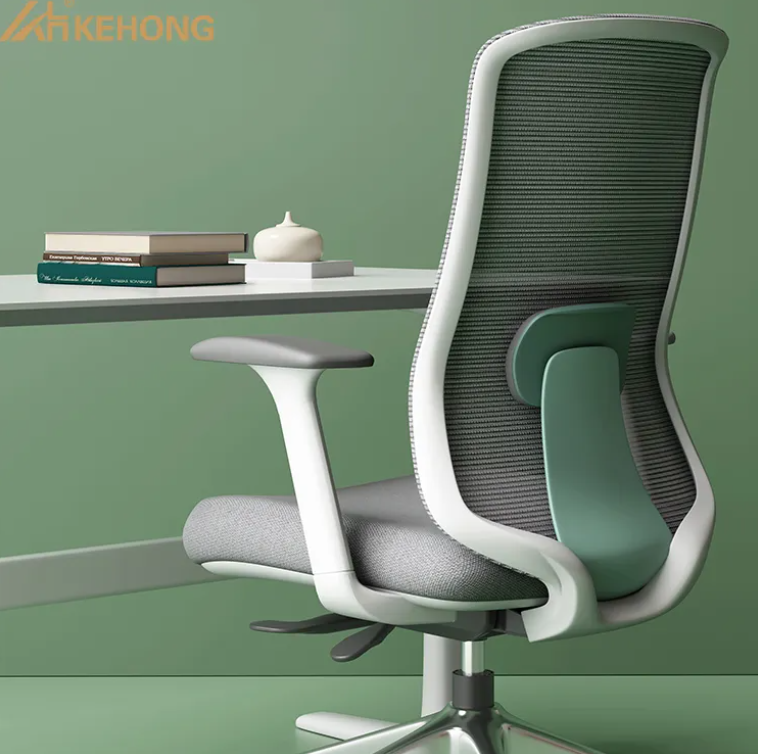
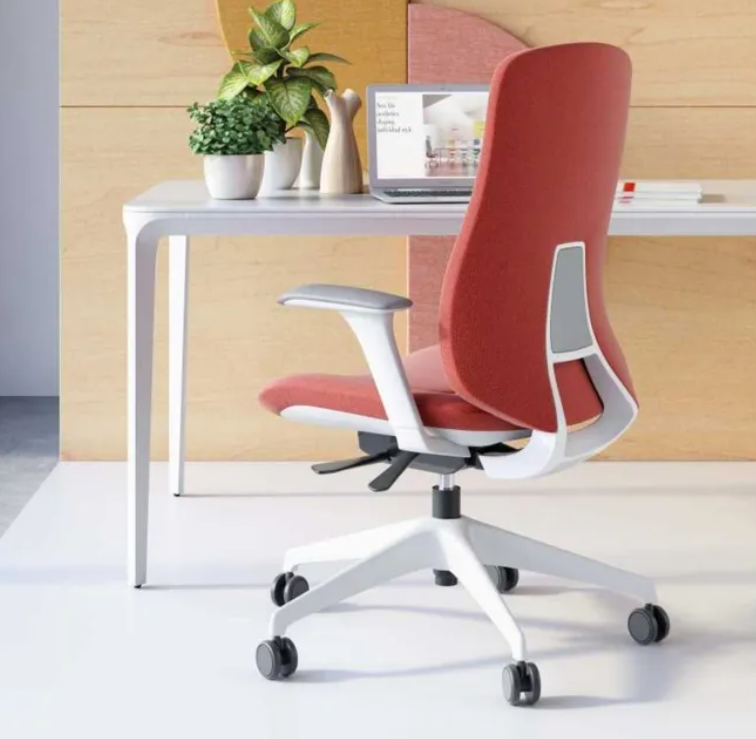












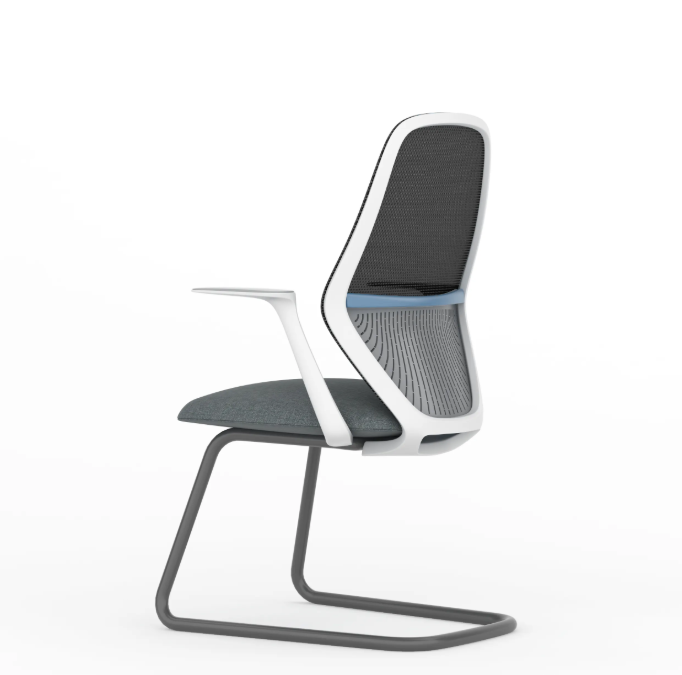
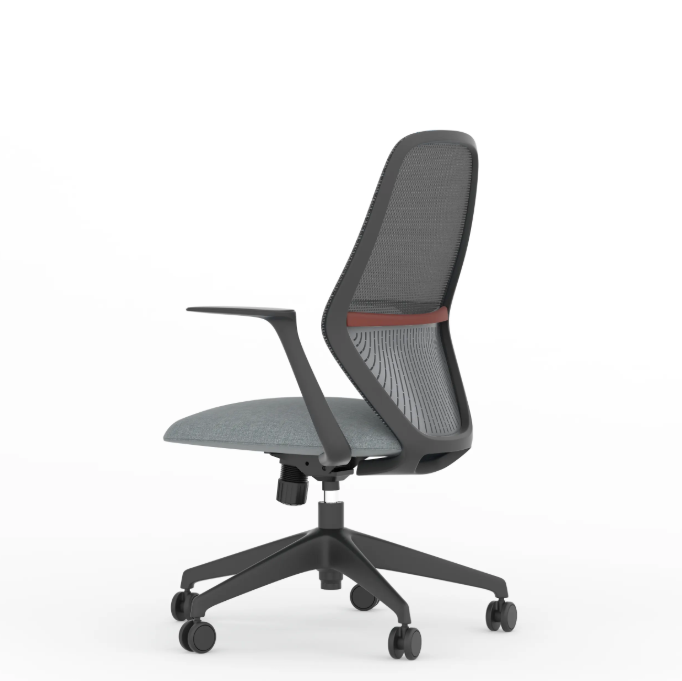
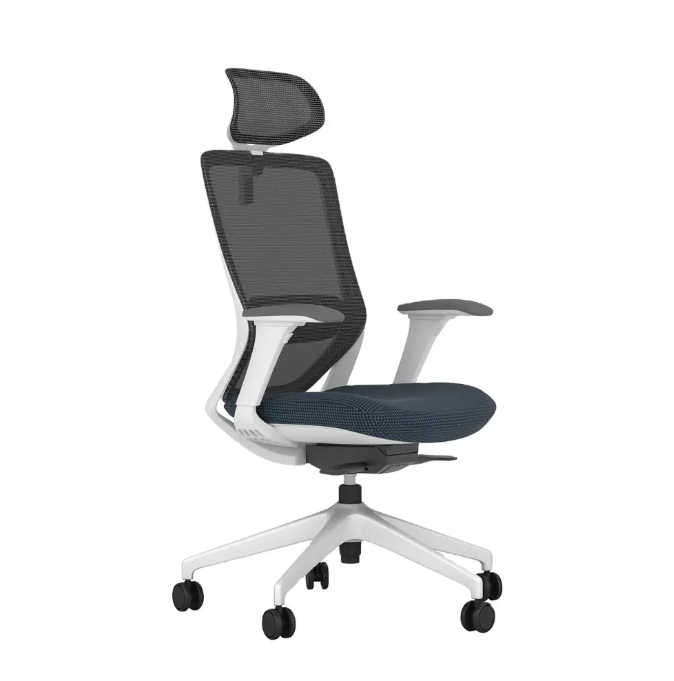
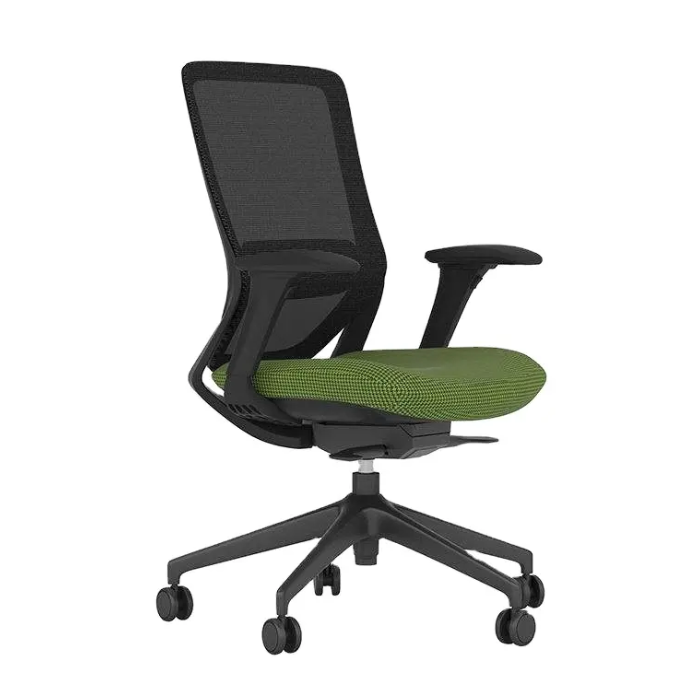
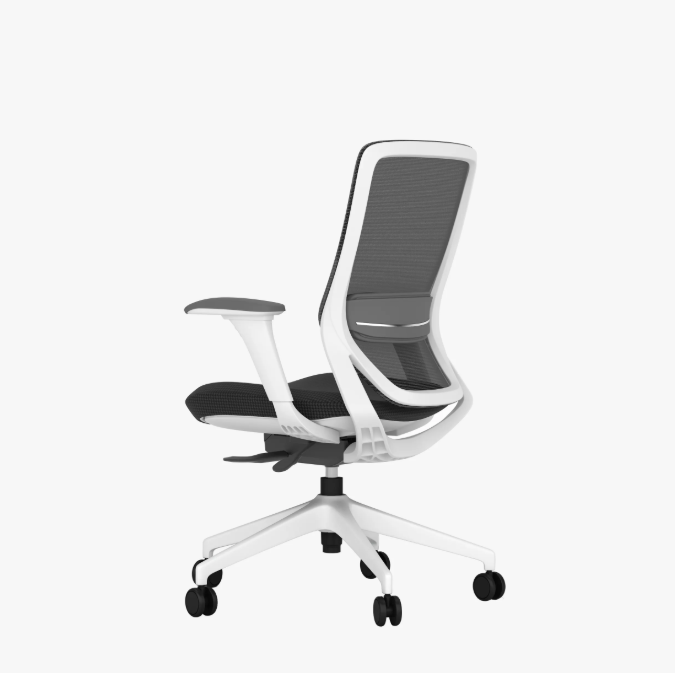
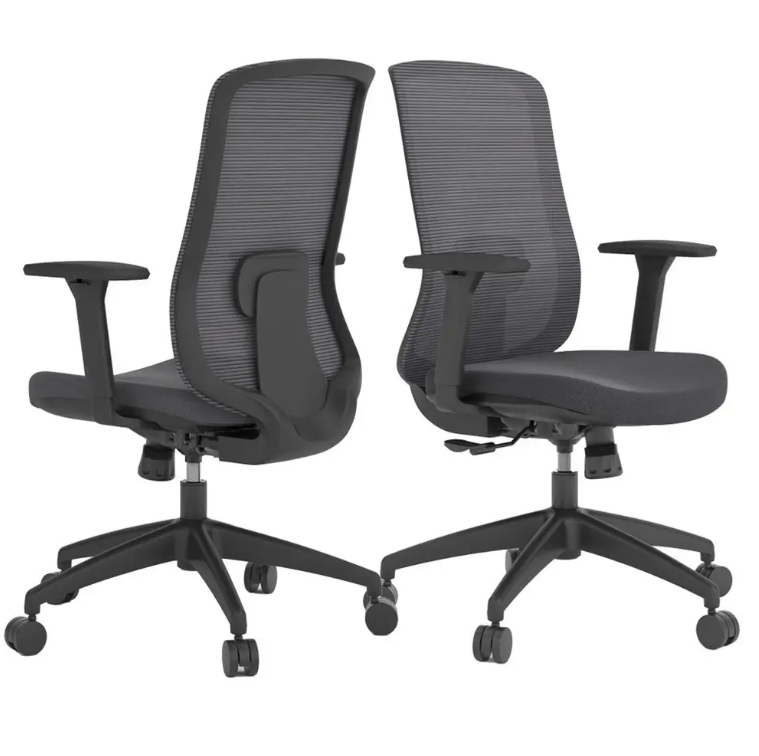
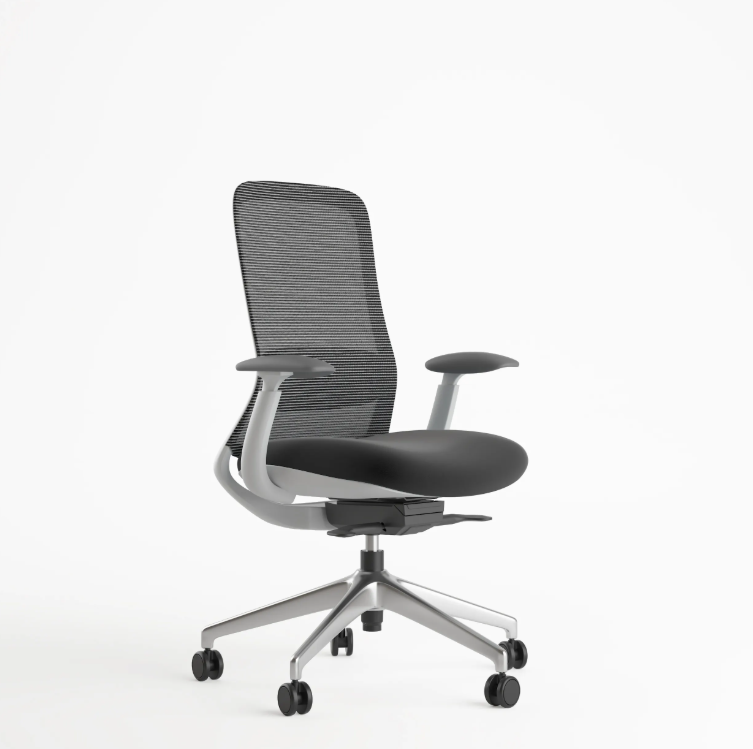
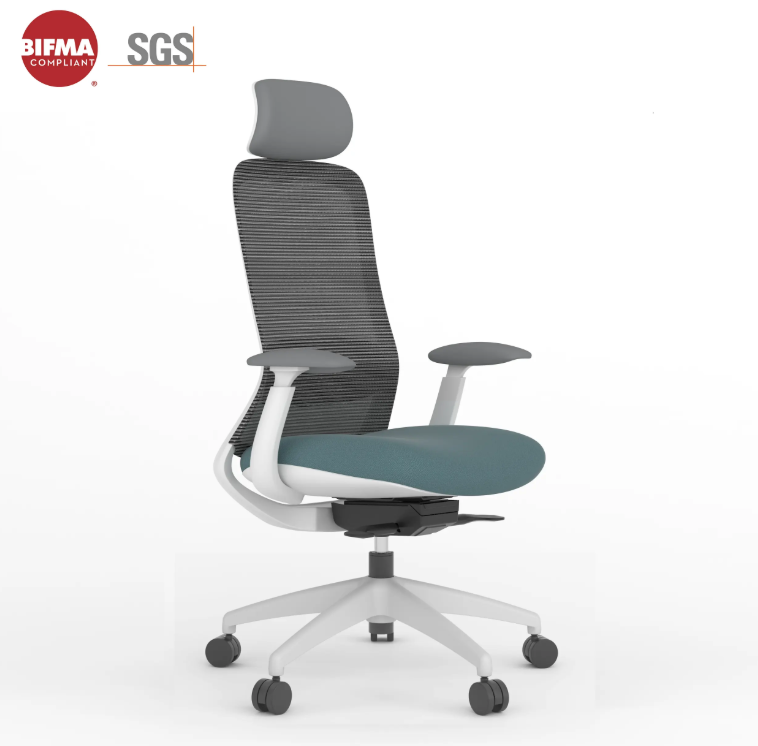
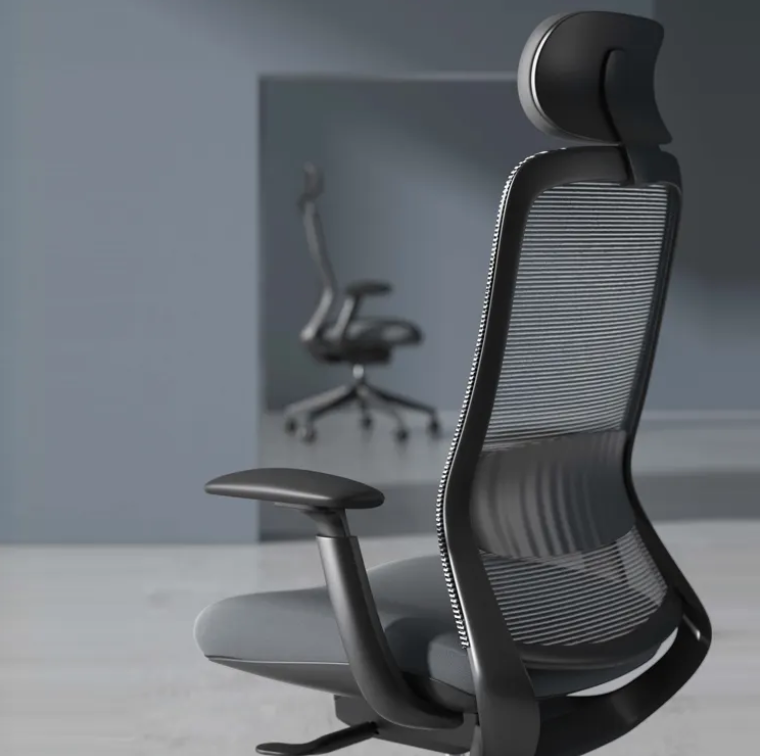
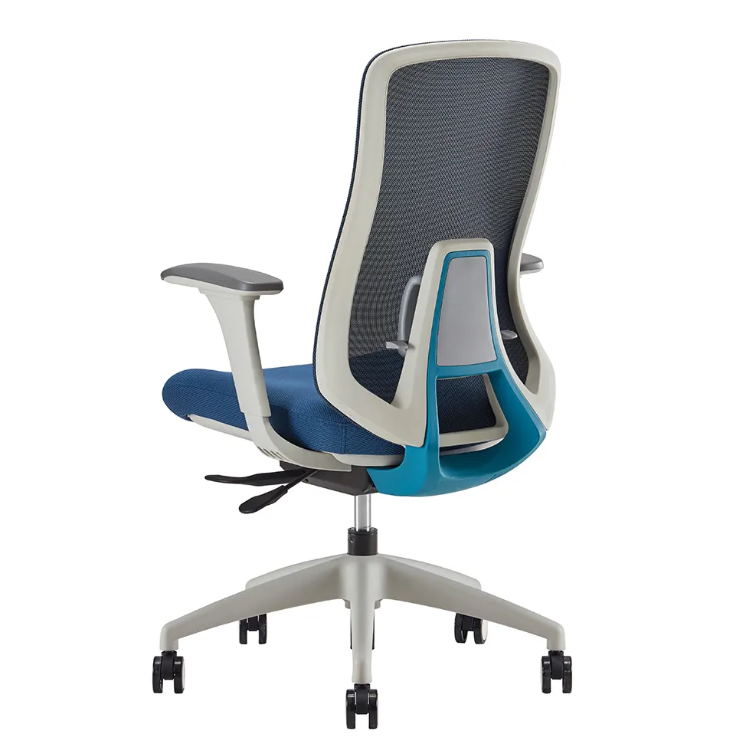
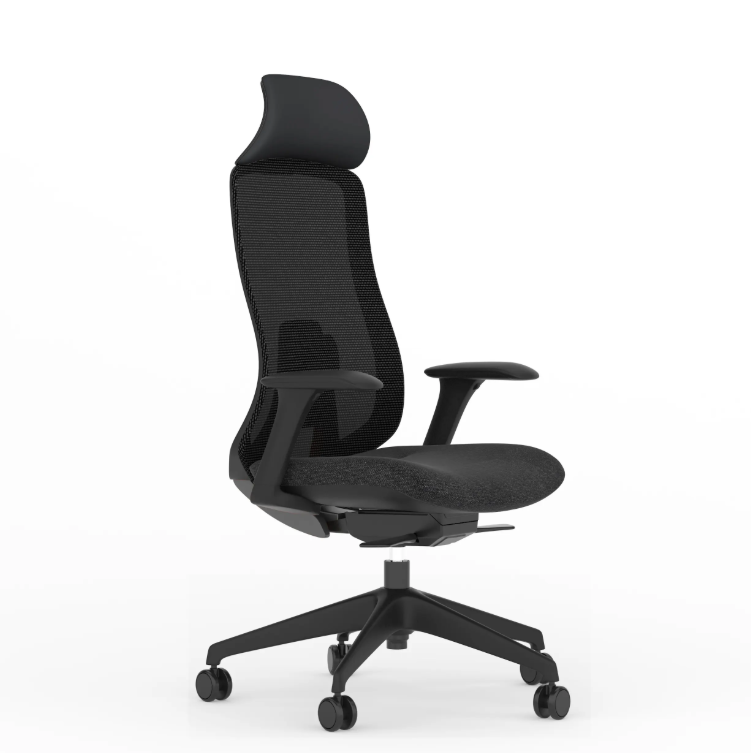


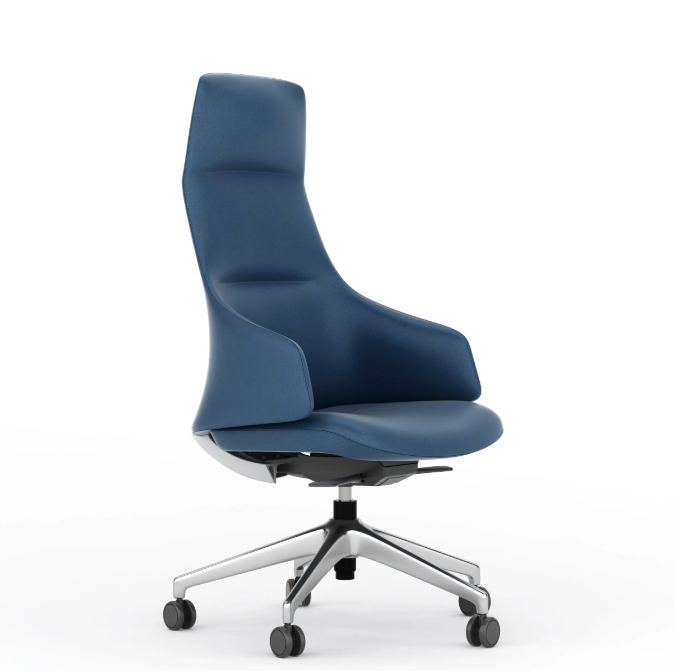







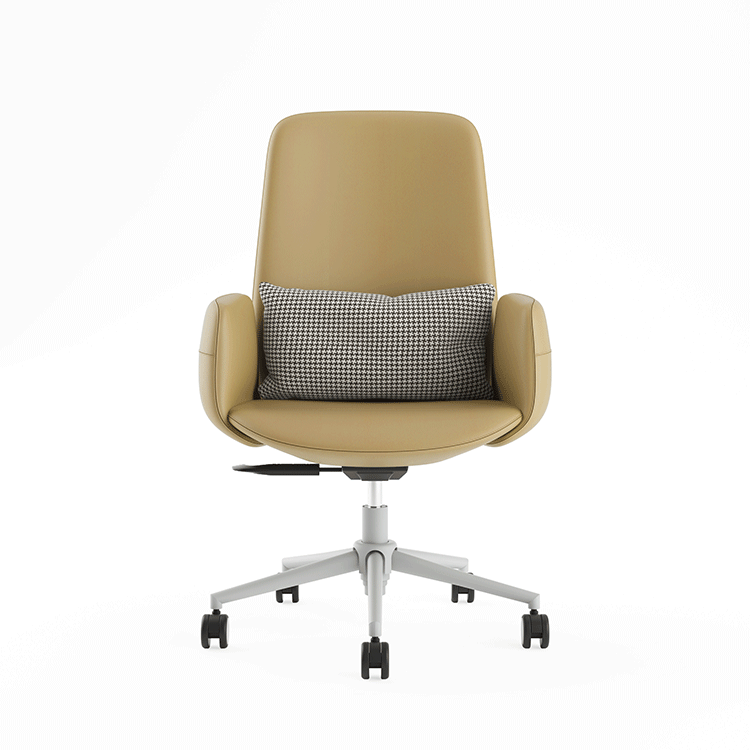
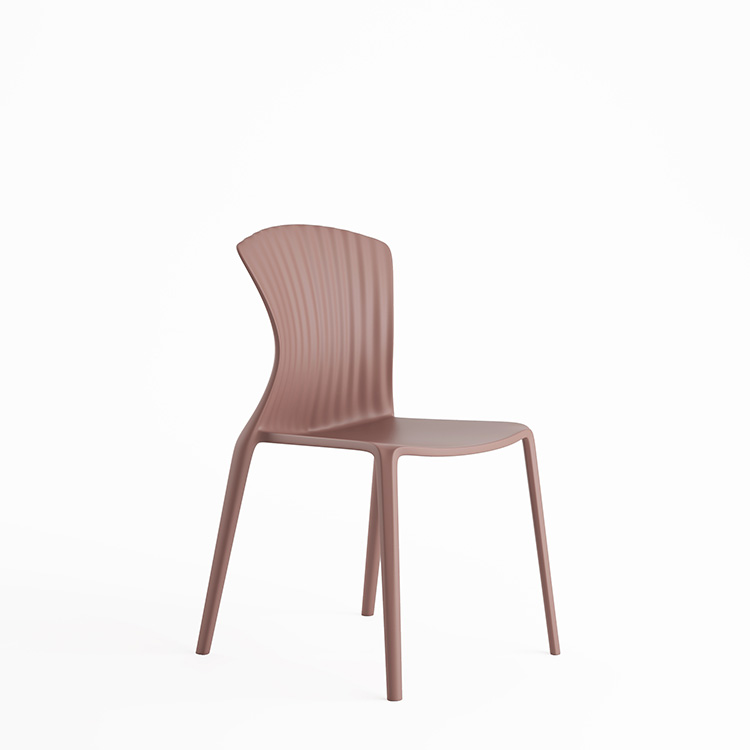
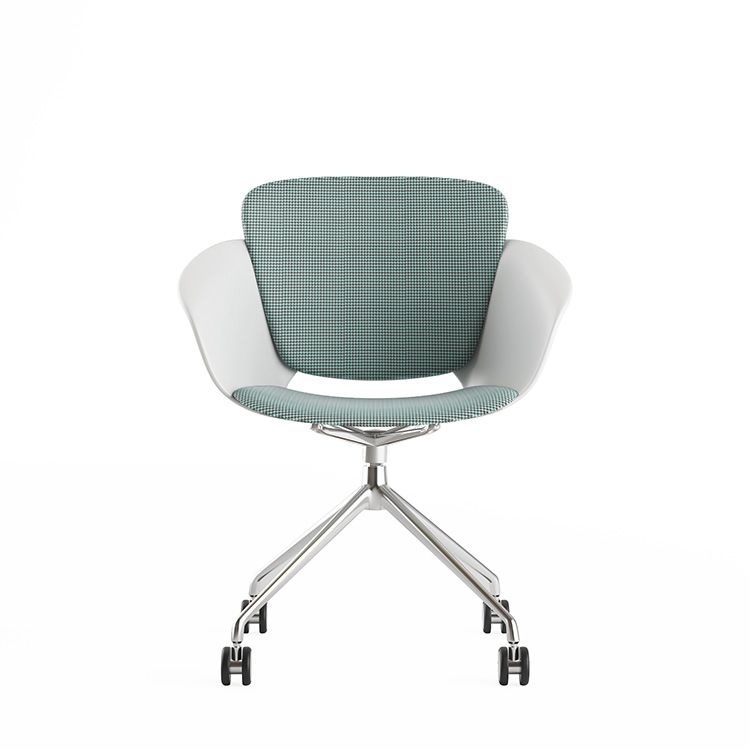






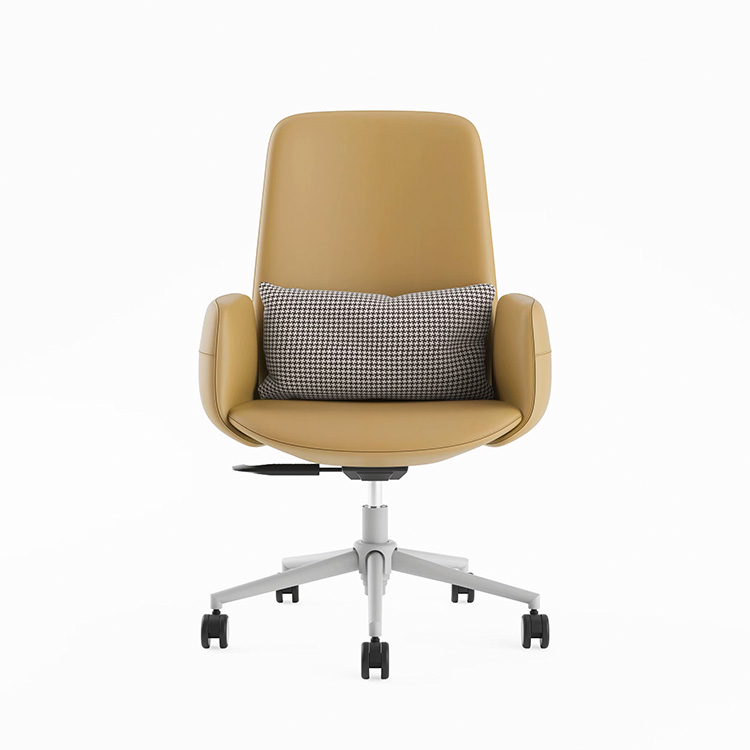
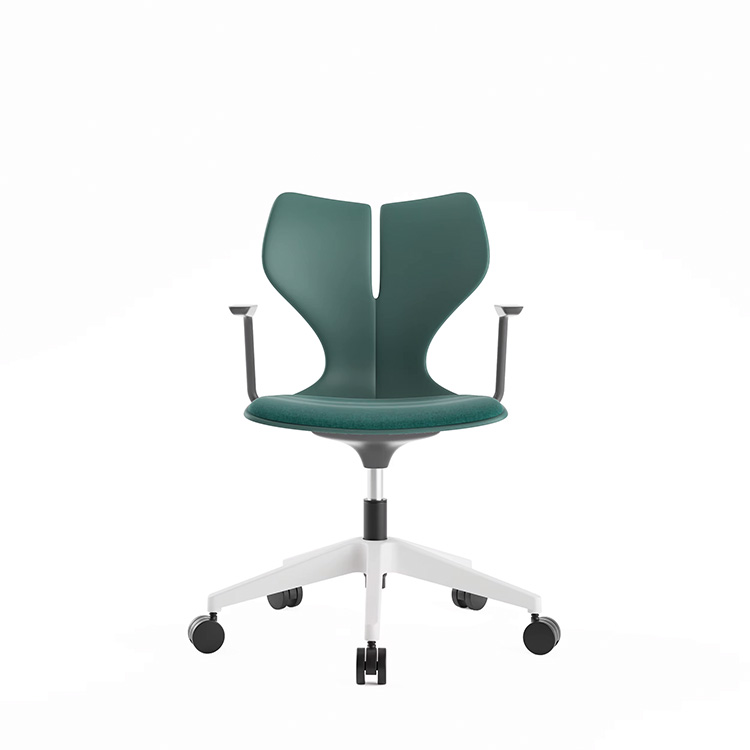
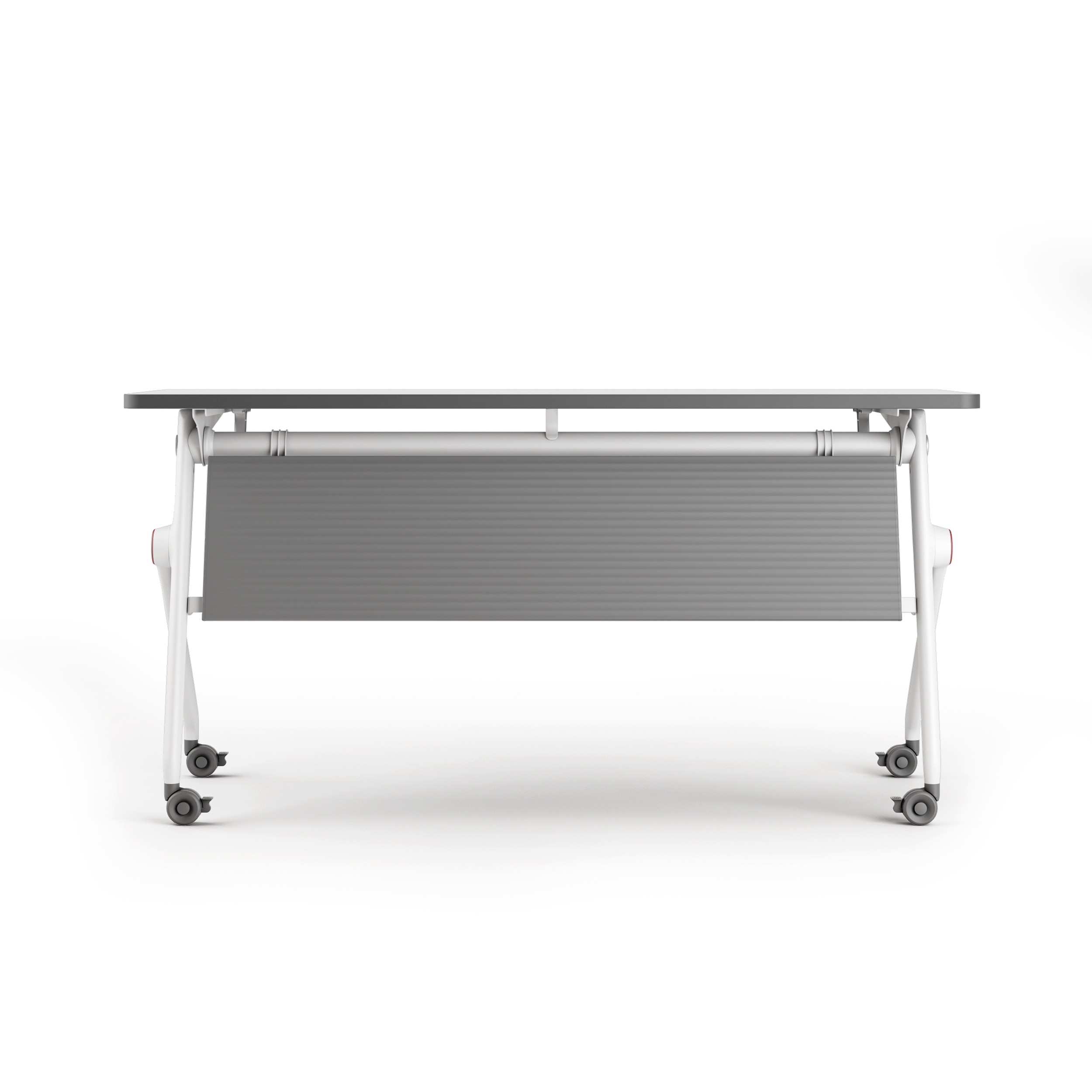
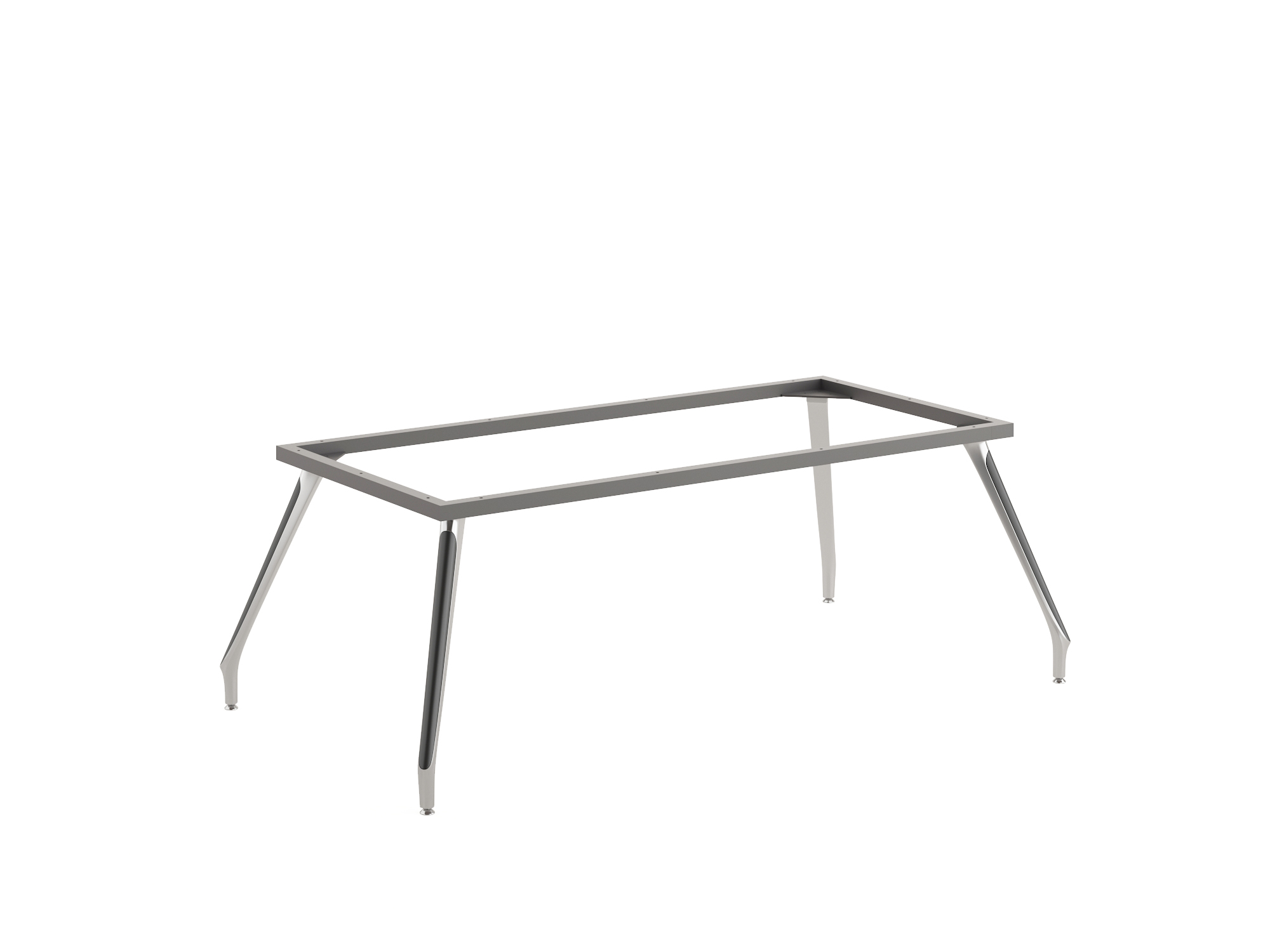

.jpg)
.jpg)
.jpg)
.jpg)
.jpg)
.jpg)
.jpg)
.jpg)
.jpg)
.jpg)
.jpg)
.jpg)
.jpg)
.jpg)
.jpg)
.jpg)

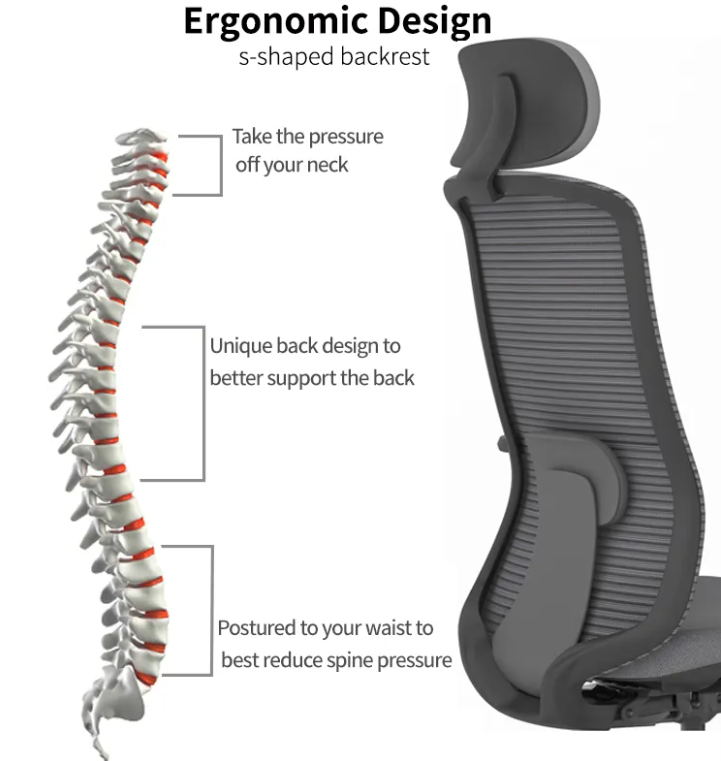

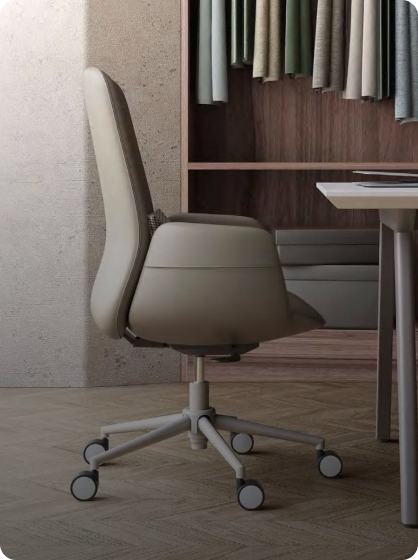
.jpg)
